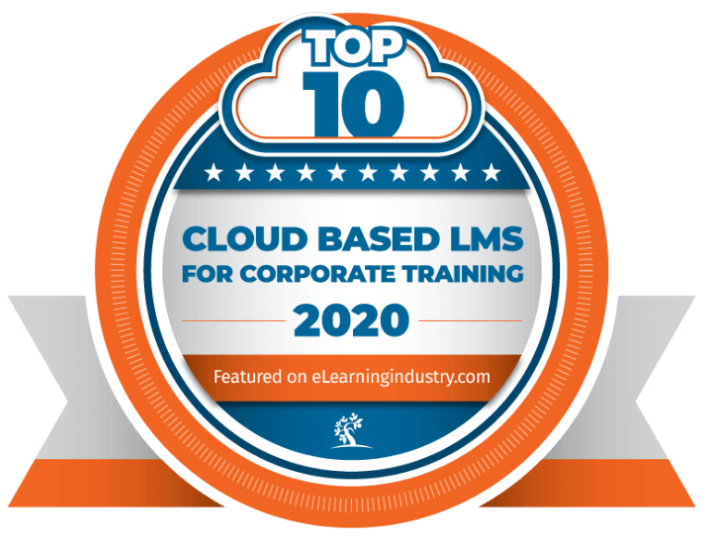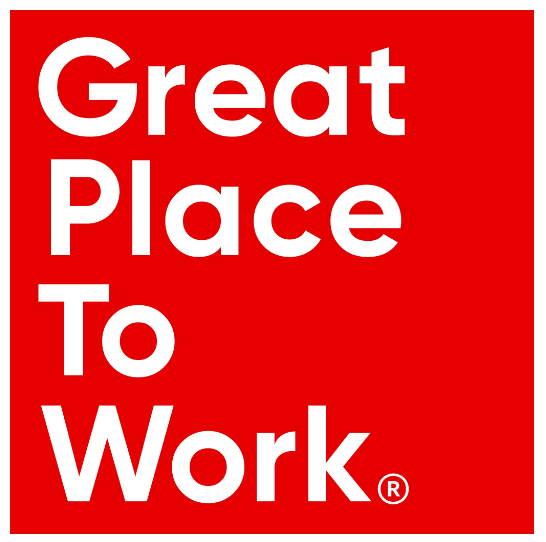July 9, 2024
Choosing the Best Learning Management System: Essential Features

Have you ever wondered how organizations continuously educate their workforce in today’s fast-paced world? The answer lies in the exponential growth of eLearning and Learning Management Systems (LMS). The global LMS market size is projected to grow from $23.35 billion in 2024 to $82.00 billion by 2032 at a CAGR of 17.0% (Fortune Business Insights).
The importance of learning management systems can’t be overstated. They provide numerous benefits for both learners and instructors. For organizations, an LMS streamlines training, provides comprehensive analytics and ensures consistent, high-quality learning resources. This creates an environment of training, development, and positive performance that enhances growth.
Are you ready to empower your organization’s learning and development (L&D) initiatives? Are you feeling lost in the LMS labyrinth? Are you new to the field or seeking to enhance your existing platform? Read ahead as this blog is your roadmap to mastering learning management systems, equipping you with the knowledge you need to make an informed decision, whether you’re a newbie or a seasoned pro.
Understanding Learning Management Systems
Let’s begin by demystifying the powerful tool: Learning Management System. An LMS is a software platform that streamlines the entire eLearning experience. It empowers you to effortlessly create high-quality educational content, manage it efficiently, and deliver it seamlessly to your learners. It is a framework that addresses all learning issues, including the generation of learning content, assessment and reporting on learner performance.
Over the years, the LMS market has expanded and become a vital tool for learning and development organizations and businesses. Current LMS solutions have become even more sophisticated, with capabilities like analytics, mobile support, and integration with other tools and platforms, demonstrating their significance in the contemporary learning and development environment.
Key Features of an Effective LMS
User-Friendly Interface
The intuitive design of an LMS is paramount for both administrators and learners. A user-friendly interface ensures that course creation and navigation are a breeze, enhancing the overall learning experience and minimizing the need for extensive training on the system.
Course Management
Effective LMS platforms offer comprehensive tools for creating, organizing, and delivering courses. Integration with authoring tools allows administrators to build courses directly within the LMS, streamlining the development process and ensuring content consistency.
Reporting and Analytics
Comprehensive reporting and analytical functionalities empower organizations to meticulously monitor learner progression and evaluate performance metrics. Customizable reports offer valuable insights guiding enhancements in course content and delivery methods, optimizing training programs’ effectiveness.
Mobile Compatibility
Being accessible on several platforms is crucial in today’s mobile-first world. An effective LMS ensures learners can access their courses on the go, making learning flexible and convenient.
Integration Capabilities
A hallmark of a contemporary learning management system is its ability to seamlessly integrate with existing systems, such as Human Resource (HR) software and Customer Relationship Management (CRM) platforms. This fosters a cohesive digital learning ecosystem by streamlining administrative tasks and simplifying data management.
Security and Data Privacy
Protecting sensitive data and ensuring regulatory compliance is paramount. A reliable LMS offers robust security measures to safeguard information and comply with privacy standards, mitigating risks associated with data breaches.
Benefits of Using an LMS
Enhanced Learning Experience: A user-friendly interface and mobile compatibility make learning more accessible and convenient, catering to the needs of diverse learners and promoting engagement.
Improved Performance Monitoring: Reporting and analytics features provide detailed insights into learner progress and performance, enabling organizations to make data-driven decisions to improve their training programs.
Cost-Effectiveness: Compared to traditional training methods, an LMS reduces training costs by offering scalable solutions that can grow with the organization, providing a significant return on investment.
Streamlined Operations: Integration capabilities simplify management and administrative processes, making coordinating training activities and maintaining records easier.
Enhanced Security: Robust security protocols are a critical line of defense for organizational data. These measures ensure the protection of sensitive information and guarantee compliance with rigorous regulatory standards, thereby promoting a trustworthy and secure environment.
How LMSs Are Used in Organizations
1. Employee Training and Development
Organizations use LMS platforms to deliver standard and advanced training programs, equipping employees with the skills needed to excel.
2. Onboarding New Hires
An LMS creates consistent and engaging onboarding experiences, helping new hires integrate smoothly into the company culture and processes.
3. Compliance Training
Streamlined learning paths within your LMS empower employees to confidently navigate regulatory requirements, minimizing the potential for non-compliance and its costly consequences.
4. Customer Training
Some organizations extend their LMS capabilities to train clients and customers, improving product knowledge and customer satisfaction.
How to Choose the Right LMS for Your Needs
Step 1: Identify Learning Objectives and Requirements
Align LMS features with your organization’s learning goals to ensure the platform meets your needs.
Step 2: Evaluate Your Audience
Understand learners’ needs and preferences to select an LMS with the most relevant features and functionalities.
Step 3: Check for Budget Considerations
Analyze costs and consider the expected ROI to choose an LMS that provides value without exceeding your budget.
Step 4: Assessing the Vendor
Research vendor reputation, support services, and available demo options to make an informed decision.
Step 5: Customization and Scalability
Select an LMS that adapts to your current requirements and scales seamlessly alongside your organizational growth to ensure a sustainable learning ecosystem.
Step 6: Feedback and Reviews
Delve into user reviews and case studies to glean valuable insights from other organizations’ journeys with the LMS. This will comprehensively understand the platform’s strengths, weaknesses, and real-world impact on learning outcomes.
Conclusion
The selection of an appropriate learning management system constitutes a pivotal moment in the trajectory of your organization’s learning and development initiatives. That is why you can make a correct decision by knowing an LMS’s main characteristics and advantages. By understanding an LMS’s essential features and benefits, you can make an informed decision that aligns with your goals. Take the first step today by evaluating your needs and exploring your LMS options.
Unlock:Learn offers a comprehensive LMS solution to meet employee learning needs. Request a demo to see how Unlock:Learn can transform your learning initiatives.







